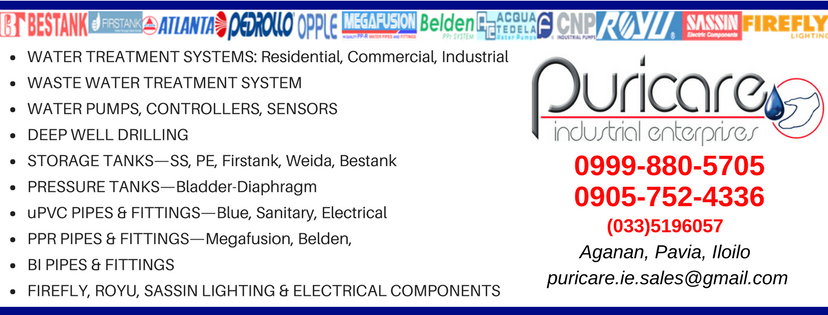Centrifugal Pumps
HAZARDS
OF VERTICALLY MOUNTING
CENTRIFUGAL
PUMPS
Tom Schroeder
Mounting centrifugal pumps in a vertical
configuration certainly has its benefits.
It
can provide a much smaller footprint, and it makes sense for inline pumping
applications.
But
before running a centrifugal pump vertically, it is important to review the
environment that the seal will see.
Fluids with high amounts of dissolved gases or entrained air can cause
serious problems for vertically mounted centrifugal pumps.
Air bubbles in
the fluid tend to rise and could accumulate in pump's stuffing box area
depending on pump design and process conditions.
Mechanical seals need a small amount of fluid between the seal faces to
operate properly.
The fluid
vaporizes creating a barrier between the faces and reduces friction between the
faces.
The fluid is
also needed to help dissipate heat created by the seal faces.
Without it,
mechanical seals can experience thermal shock, coking, heat checking, and
blistering of the seal face.
That doesn't
mean mounting in this configuration is impossible.
Venting
/ Flush Plan
To ensure the mechanical seal does not run dry,
consideration should be taken for air that is potentially in the stuffing box.
During selection
of a pump it is important to speak with an engineer, who knows pumps and
mechanical seals, for a recommendation on the proper venting and flush plan for your application.
A venting procedure at start-up could be as simple as opening a
valve on a line coming of the stuffing box area to give a low pressure area for
it to go.
Another option is a permanent line that allows for movement of any
accumulated air and process fluid in this area.
A common flush
plan for this application is API Plan 13.
This flush plan
recirculates product from the seal chamber back to the pump suction.
This creates a
pressure differential that promotes circulation and the evacuation of air
through the process fluid.
Here's a good illustration of how the plan works:
In vertical
mounting applications, it is important to provide an environment for that seal
that will provide a long life and reduce downtime.
If you’re
unsure, be sure to contact an engineer who understands the complications that
can come with this configuration.
Need help? Ask us about it! We gladly
provide technical assistance to businesses and municipalities in Wisconsin and
upper Michigan.
Tom
Schroeder is an Application Engineer II at Crane
Engineering. He has more than 7 years of experience in the general industry
sector. He specializes in the proper selection of fluid processing equipment
like pumps, filters, mechanical seals, and mixers.
.RELATED POSTS:
CLICK HERE . . .
CLICK HERE . . .
CLICK HERE . . .
CLICK HERE . . .
CLICK HERE . . .
CLICK HERE . . .
.
Aganan, Pavia, Iloilo, Philippines
...
CLICK HERE . . . to view company profile . . .
Aganan, Pavia, Iloilo, Philippines
...
CLICK HERE . . . to view company profile . . .
CLICK HERE . . . to view company profile . . .
 |
| Ballast-TypePressure Tank |
 |
| Houston Water Pump with Mazaki Automatic Pump Controller |



















